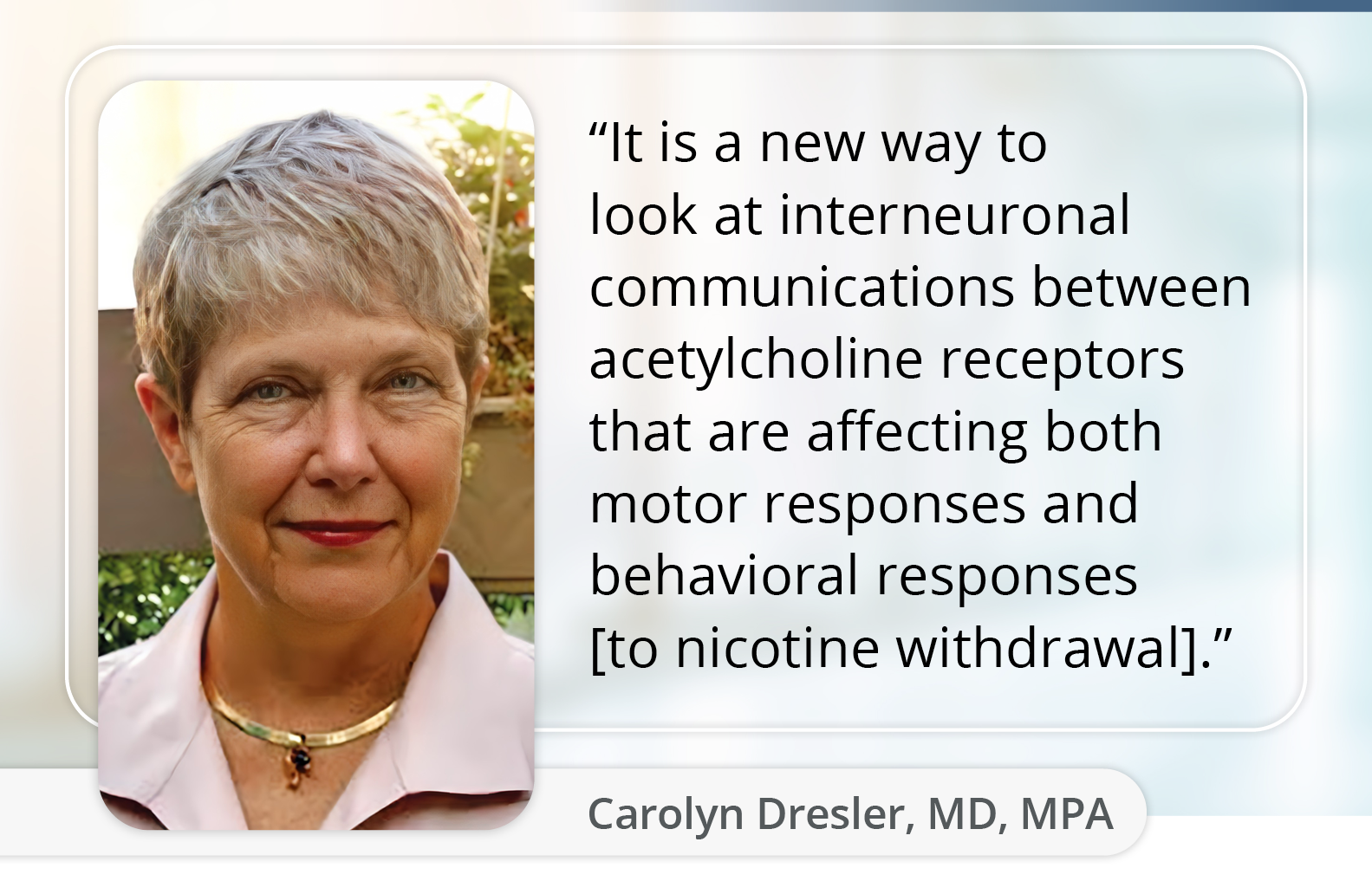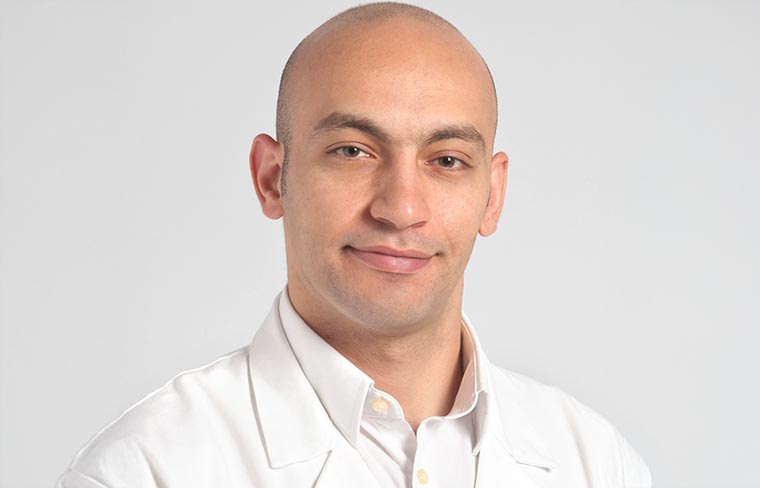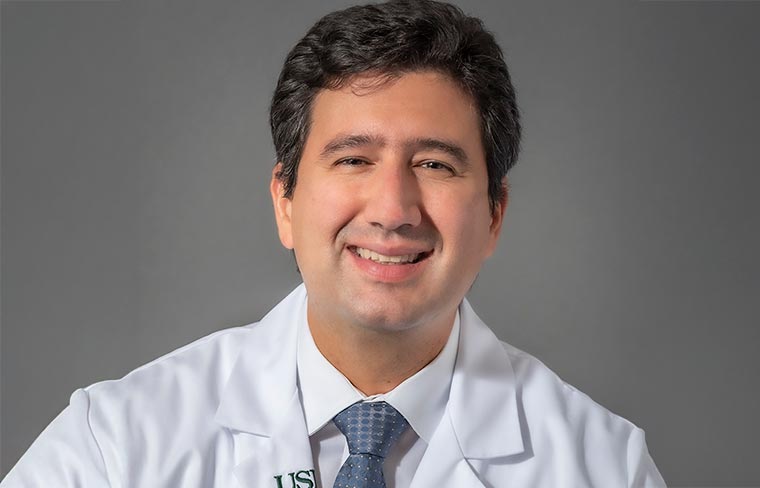Diffuse Lung Disease
-
TETON trials could herald multimodal approach to IPF
Steven Nathan, MD, said the addition of inhaled treprostinil would offer a novel approach that would allow clinicians to target the disease on two fronts.
-
Incorporating climate-related events into clinical practice
Review six steps a pulmonary clinician can take prior to a climate-related event to prepare for a potential disaster scenario and mitigate patient risk.
-
Parkinson’s drug shows promise as treatment for nicotine addiction in mouse model
Tobacco cessation expert, Carolyn Dresler, MD, MPA, said new evidence of cross talk between different types of acetylcholinergic receptors could be an important step for future research to determine if, and at what doses, these results could be replicated in humans.
-
Corticosteroid benefits unclear for acute ILD exacerbations
Erin Meier, MD, and Rachana Krishna, MBBS, MSCR, discuss the clinical implications of a recent meta-analysis, which suggests steroids may not help all patients with interstitial lung disease (ILD) who experience a flare.
-
The impact of short telomere syndrome on lung transplantation
Short telomere syndrome can increase post-lung transplant complications, necessitating tailored pretransplant and posttransplant assessments and multidisciplinary care.
-
Older patients have improved five-year survival for bilateral vs single lung transplant
Investigator, Haytham Elgharably, MD, discusses the practical implications of his recent research on bilateral lung transplant.
-
COVID-19 immune patterns offer hope for future IPF treatment
Jose D. Herazo-Maya, MD, and colleagues are investigating a mechanism of T-cell suppression that may contribute to the development of a treatment for pulmonary fibrosis.
-
Understanding high-risk factors like PM2.5 in lung cancer
Renelle Myers, MD, FRCPC, discusses factors beyond tobacco use that clinicians should consider when screening for lung cancer, such as pollution exposure.
-
FDA proposal would eliminate addicting power of cigarettes, other combustible tobacco products
While the rule could reduce smoking rates, Sven-Eric Jordt, PhD, said clinicians must remember that low-nicotine cigarettes still expose those who smoke to carcinogens.
-
Consequences of wildfire smoke exposure extend beyond local area
In a recent study, Mary E. Maldarelli, MD, and colleagues demonstrated that wildfires can increase health risks even from thousands of miles away.
-
Rethinking tobacco use to include all forms of nicotine delivery
Frank Leone, MD, MS, FCCP, said clinicians must reframe how they think about tobacco product use—and how to treat it.
-
Artificial intelligence and its application in interstitial lung disease
AI shows promise in improving ILD diagnosis, prognosis, and treatment decisions by analyzing complex data and patterns, though certain limitations hinder its clinical adoption.











